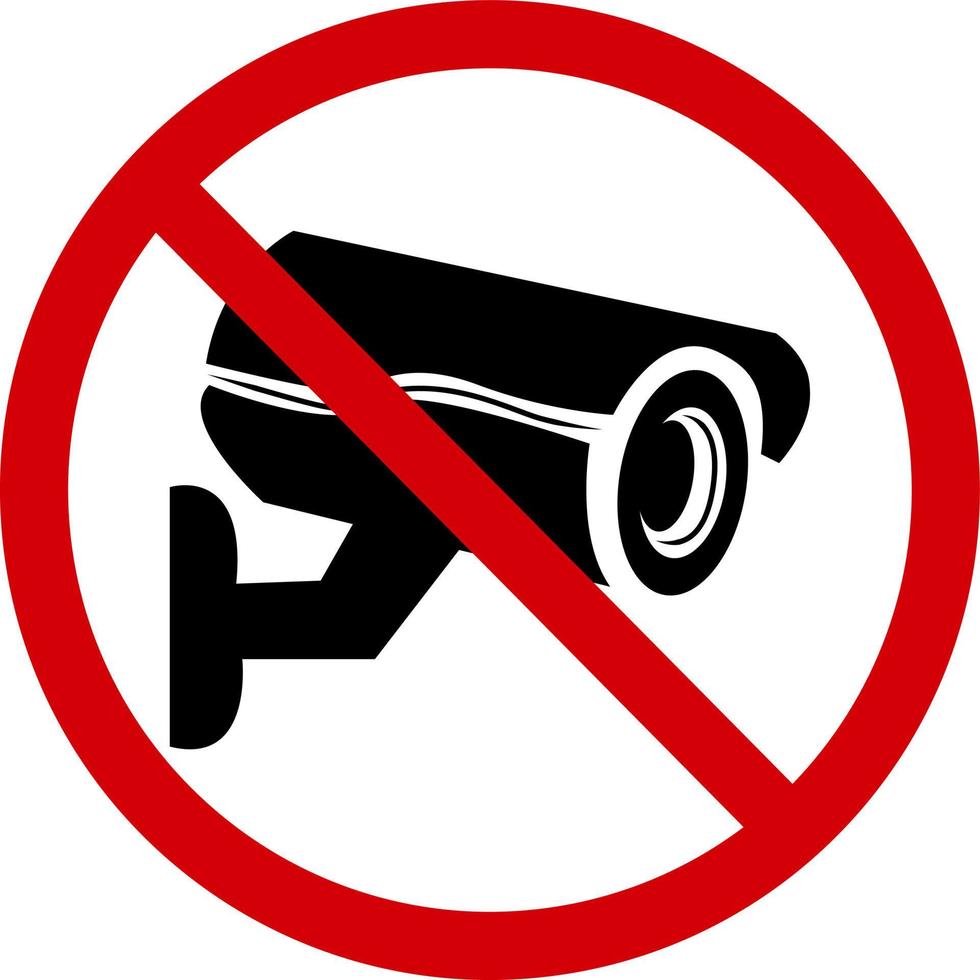

I finished BotW 100%, and am currently nearing 100% completion with TotK. Here’s what I would do if I were you.
Get the BotW demo. It’s free, and it contains the entire first portion of the game, the Great Plateau.
Play that, and when you’re finished, read the story synopsis on Wikipedia or wherever. Then acquire and play through TotK.
The Great Plateau gives you about 80% or 90% of what’s great about BotW in a tight, controlled package. If you’ve played Metal Gear Solid V, this is basically Ground Zeroes.
TotK is so amped up over BotW that there’s no “tutorial inside area” that showcases the mechanics of the full game, it’d basically be a carbon copy of the entire thing.
In terms of gameplay, this should give you something pretty close to the full experience.
Edit time! Looks like the BotW store demo was not actually generally available, let alone “free”. Since you’re only hurting for time, not money, you could still get the cartridge version of BotW and sell it after completing the Great Plateau. The rest of my reply should still apply.








That’s a good question, since it doesn’t have a trivial answer. Zelda is basically three or four different types of games in a
trench coattunic.There’s the open world adventure that the original Zelda established, which is probably best represented by BotW.
There’s the 2D tile-based action puzzler, the quintessential of which is probably LttP.
There’s the 3D “interconnected small rooms”, which got its start with OoT and was so successful that to this day players are arguing that the newest two games are not really Zelda even though they stick to the original concept much more closely.
Finally, there’s Adventure of Link.